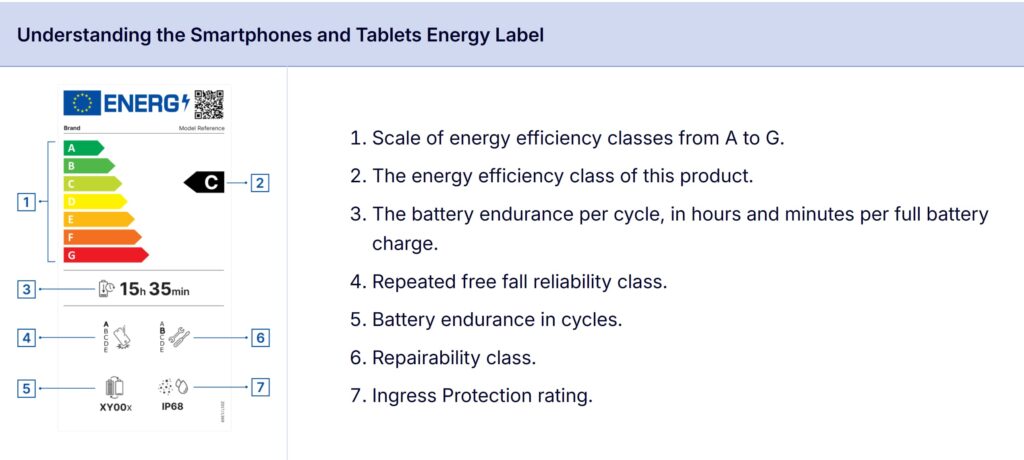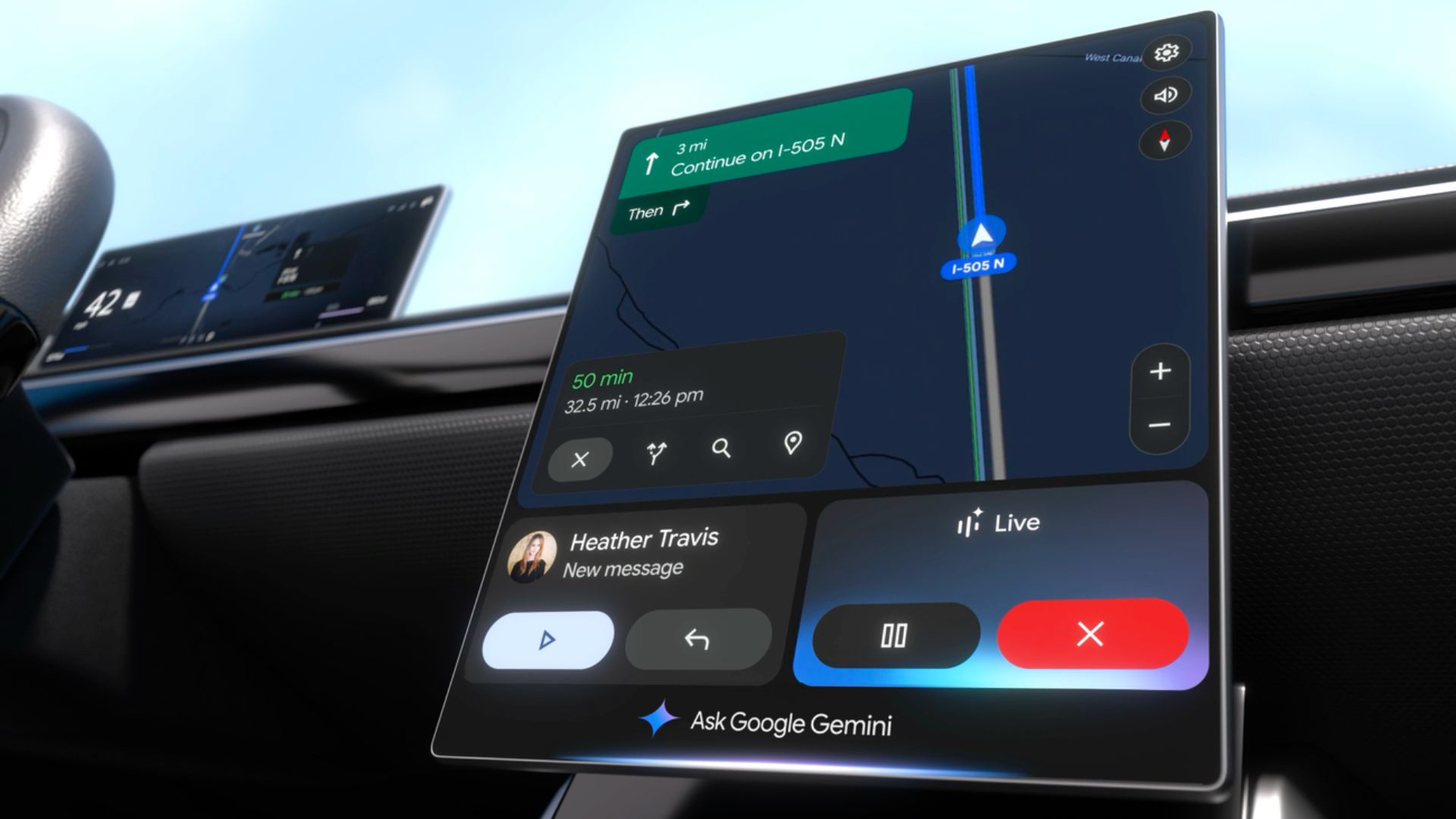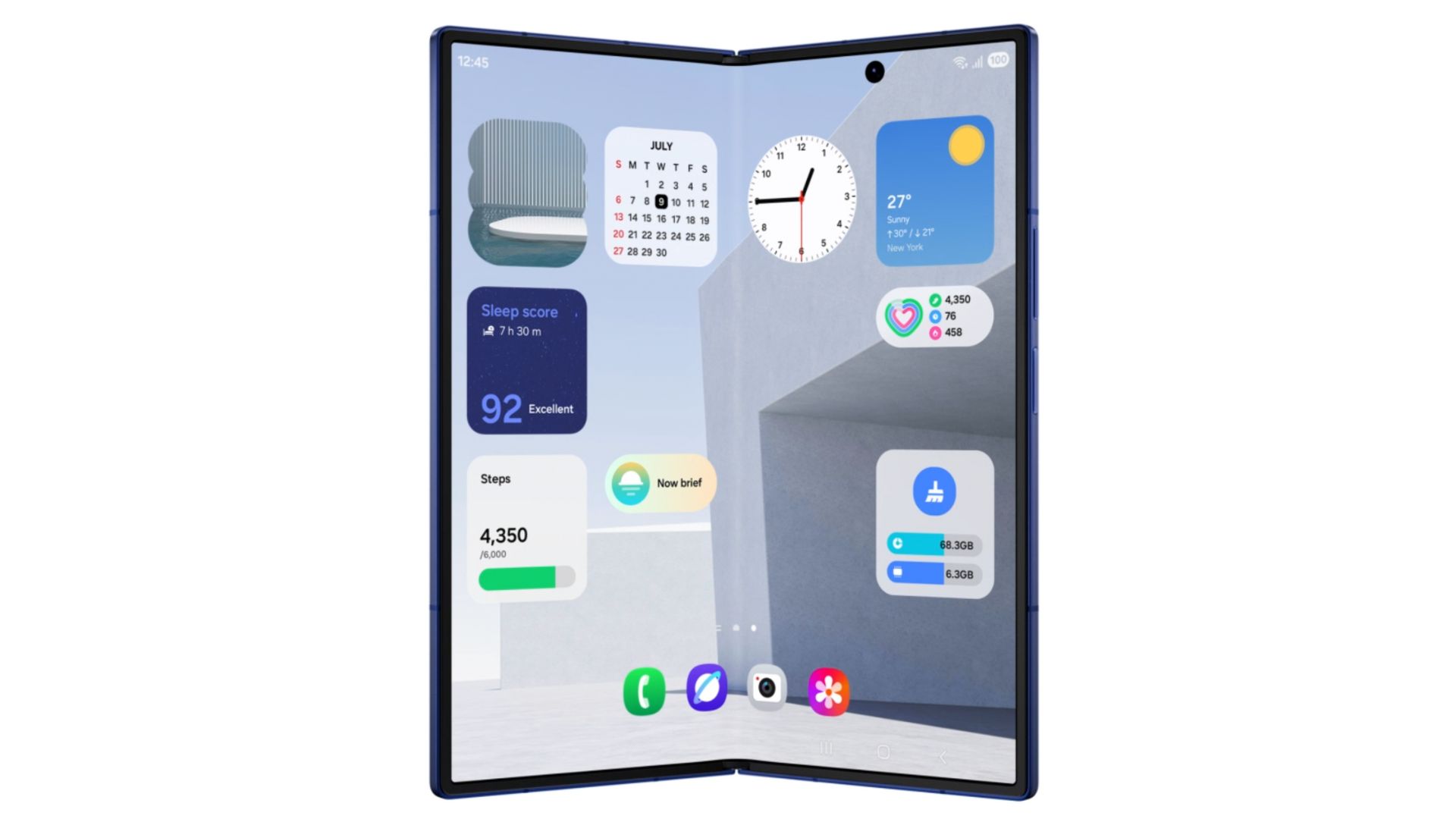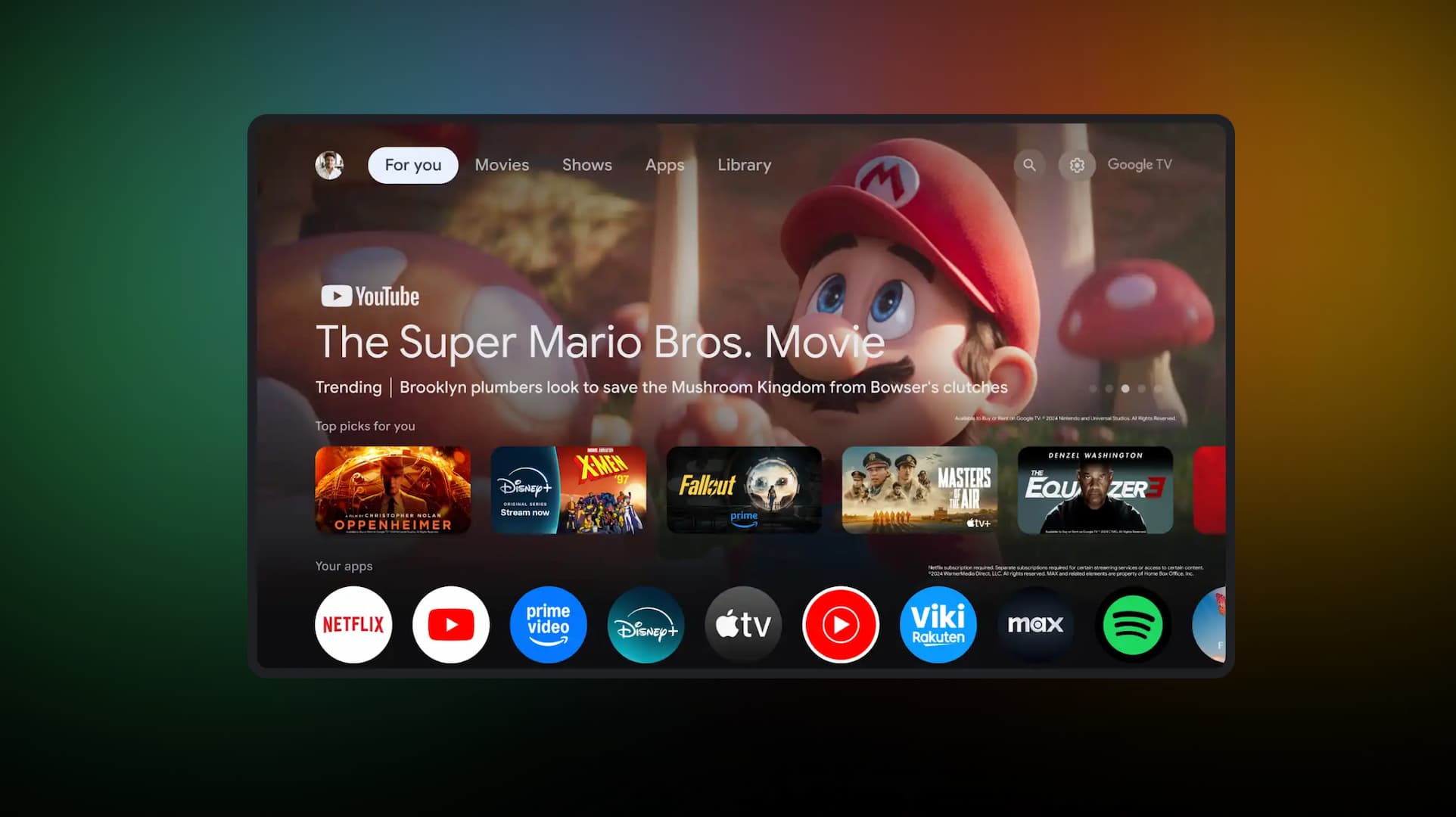How EU’s 2025 Smartphone Rules Will Change Android and iOS Smartphones Forever: Durability, Repairs, and 7-Year Support

All smartphones and tables launched after June 20, 2025 will need to go through these EU regulations. The new rules for Android or iOS smartphones and tablets will have durability requirements, energy labels, repairability scores, and 7-year parts availability, saving consumers €20 billion annually while cutting energy use by 14 TWh.
The European Union is set to revolutionize the smartphone and tablet market with groundbreaking regulations that will fundamentally change how these devices are designed, manufactured, and sold. Starting June 20, 2025, new ecodesign requirements and energy labeling standards will apply to smartphones, feature phones, cordless phones, and slate tablets sold in the EU market. These regulations represent the most comprehensive approach to sustainable electronics ever implemented, promising to save consumers billions while dramatically reducing environmental impact.
However, these regulations may not just be restricted to EU alone. We may see a ripple effect on an international level with manufacturers adopting these new rules globally, especially in the United States, the UK, and Canada.
According to Europe Commission, smartphones, and tablets sold in the European Union after June 20, 2025, must adhere to the following design requirements:
- Resistance to accidental drops or scratches and protection from dust and water
- Sufficiently durable batteries which can withstand at least 800 charge and discharge cycles while retaining at least 80% of their initial capacity
- Rules on disassembly and repair, including obligations for producers to make critical spare parts available within 5-10 working days, and for 7 years after the end of sales of the product model on the EU market
- Availability of operating system upgrades for longer periods (at least 5 years from the date of the end of placement on the market of the last unit of a product model)
- Non-discriminatory access for professional repairers to any software or firmware needed for the replacement
This means a great deal for Android smartphone or tablet users, as this will force OEMs to make durable and longer software support; who would normally abandon smartphones software update after just one or two years.
What’s In and What’s Out
The new EU regulations cast a wide net but have specific boundaries. The rules apply to smartphones, feature phones, cordless phones, and slate tablets. However, they exclude tablet computers (which typically run desktop operating systems like Windows), devices with flexible roll-up displays, and smartphones designed for high-security communications.
The distinction between slate tablets and tablet computers is particularly important. Slate tablets, which run mobile operating systems like iOS or Android and lack physically attached keyboards, fall under the new regulations. Traditional tablet computers that operate more like laptops are exempt.
This targeted approach ensures the regulations focus on the devices that make up the vast majority of the mobile device market while avoiding unnecessary complications for specialized or emerging technologies.
Revolutionary Ecodesign Requirements
New Durability Standards
The foundation of these regulations lies in their durability requirements. Starting in June 2025, every smartphone and tablet sold in the EU must meet stringent standards for physical resilience, including resistance to accidental drops, scratches, and protection from dust and water ingress.
Perhaps most significantly, batteries must withstand at least 800 charge and discharge cycles while retaining at least 80% of their initial capacity. This requirement alone could extend the practical lifespan of devices by years, addressing one of the primary reasons consumers replace their phones and tablets.
The Right to Repair Revolution
The regulations establish comprehensive rules for disassembly and repair that will transform the repair landscape. Manufacturers must make critical spare parts available to professional repairers within 5-10 working days and continue this availability for seven years after the end of sales of each product model.
This is a major shift from the current model where manufacturers often make repairs difficult or impossible. Professional repairers will also gain non-discriminatory access to any software or firmware needed for component replacement, breaking down artificial barriers that have historically prevented third-party repairs.
Software Support Guarantees
Operating system upgrades must be available for at least five years from the end of placement on the market of the last unit of a product model. This requirement addresses the common practice of abandoning software support for older devices, forcing consumers to upgrade for security reasons rather than hardware limitations.
Energy Labeling: Transparency for Better Choices
The new energy labeling system introduces unprecedented transparency to the smartphone and tablet market. For the first time, consumers will see standardized information about energy efficiency, battery longevity, protection ratings, and drop resistance displayed prominently on devices.
The World’s First Repairability Score
Perhaps most revolutionary is the introduction of a repairability score – the first time any product placed on the EU market has been required to display such information. This score will help consumers understand how easy it will be to repair their device when something goes wrong, empowering them to make more sustainable purchasing decisions.
The energy label will display information across multiple categories using clear, standardized scales. Energy efficiency classes range from A to G, while battery endurance shows hours and minutes per full charge. The repeated free fall reliability class indicates drop resistance, and the Ingress Protection rating shows dust and water protection levels.
Digital Integration with EPREL
Each energy label includes a QR code linking to the European Product Registry for Energy Labelling (EPREL), where consumers can access detailed technical information about specific models. This digital integration ensures comprehensive information is always available while keeping physical labels clear and readable.

Implementation Timeline and Compliance
June 2025: The Key Date
All requirements take effect simultaneously on June 20, 2025, for products placed on the EU market from that date. This gives manufacturers, suppliers, and dealers time to adapt their processes, supply chains, and retail systems to comply with the new requirements.
The regulations include specific compliance procedures for different stakeholders. Suppliers must ensure proper labeling, enter technical information into databases, and provide materials to dealers. Dealers must display labels correctly and include energy information in advertisements and promotional materials.
Market Surveillance and Enforcement
EU member states will implement verification procedures to ensure compliance, with specific prohibitions against devices designed to alter performance during testing. This enforcement framework ensures regulations achieve their intended effects rather than being circumvented through technical workarounds.
Consumer Benefits
Better Value Proposition
For consumers, these regulations promise devices that last longer, work better, and cost less over their lifetime. The combination of improved durability, guaranteed software support, and enhanced repairability means smartphones and tablets will deliver better value propositions than ever before.
Informed Decision Making
The comprehensive energy labeling system will empower consumers to make more informed choices. Instead of relying on marketing claims or technical specifications that are difficult to interpret, consumers will have standardized, comparable information about device performance, efficiency, and repairability.
Reduced Electronic Waste
By extending device lifespans and improving repairability, consumers will generate less electronic waste while enjoying the same level of functionality. This environmental benefit comes with the added bonus of reduced spending on replacement devices.
Final Thoughts
While these regulations apply only to the EU market, their impact will likely extend globally through the “Brussels Effect” – the phenomenon where EU regulations become de facto global standards due to the size and importance of the European market.
Major smartphone and tablet manufacturers are unlikely to maintain separate product lines for different regions, meaning many improvements required for EU compliance will benefit consumers worldwide. This could accelerate global adoption of more sustainable design practices across the industry.






